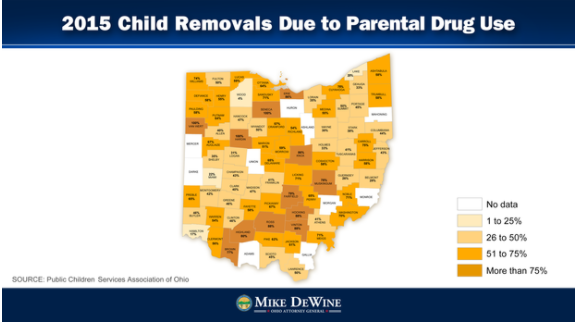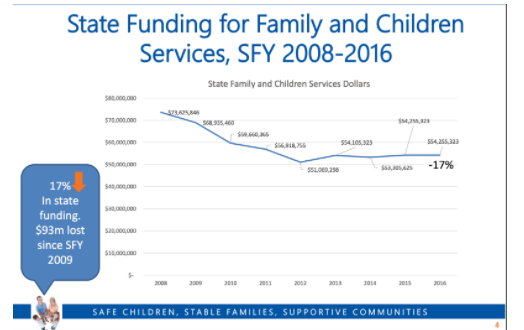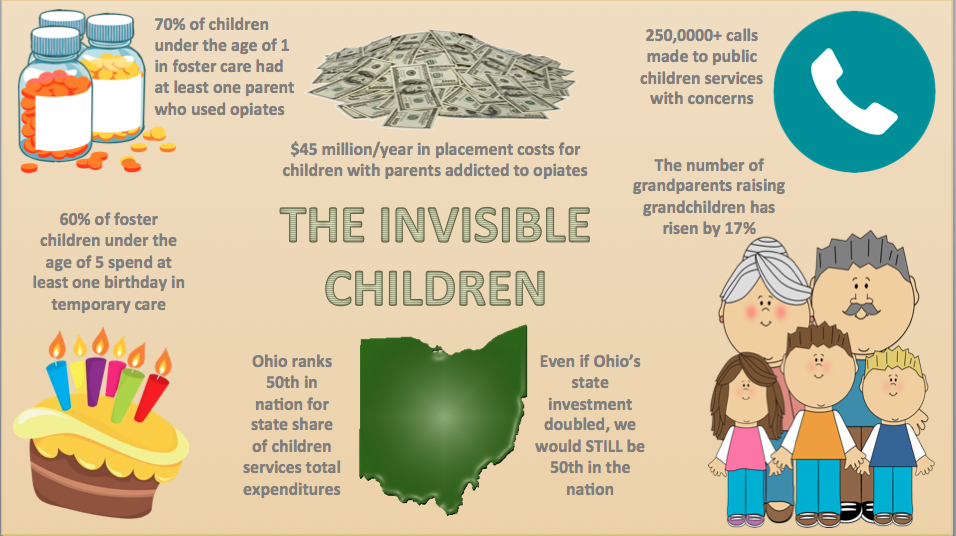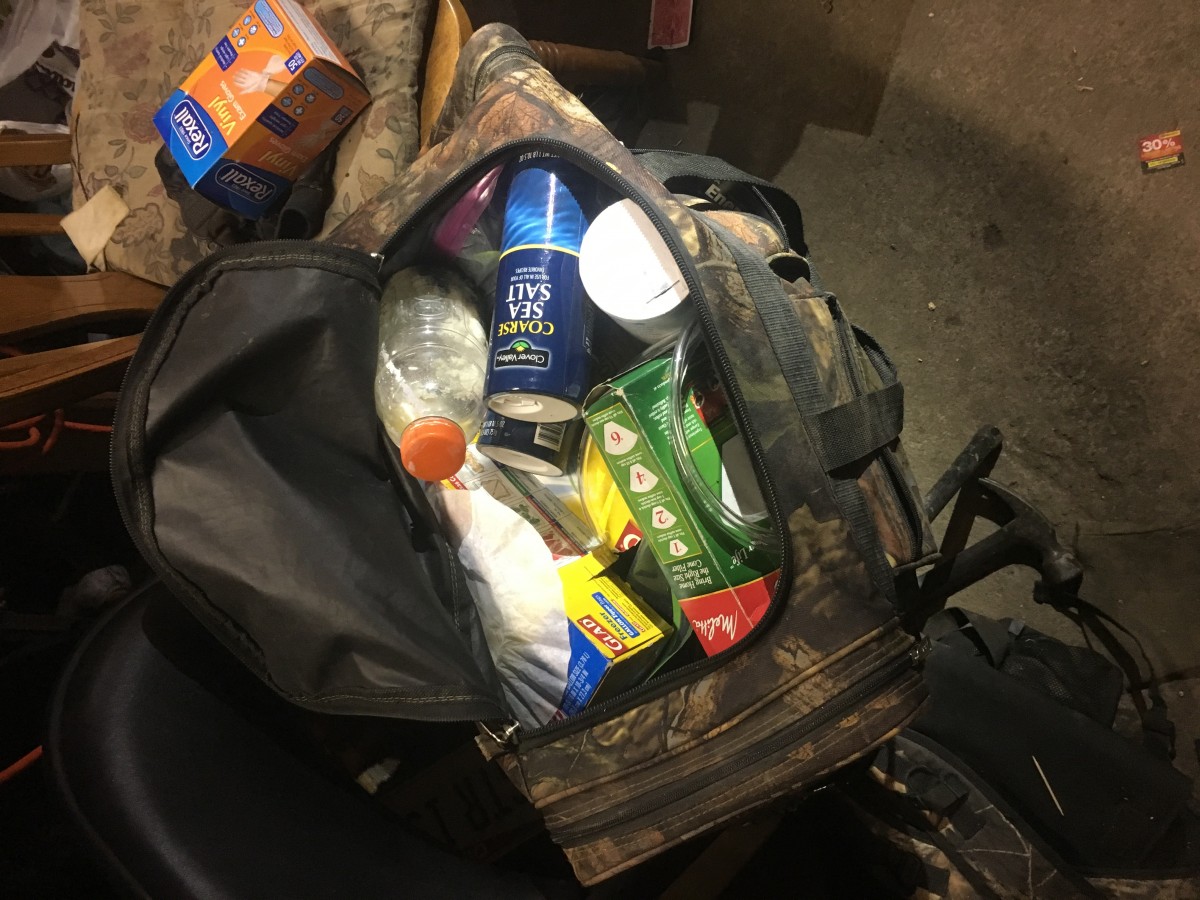
Invisible Victims of the Opioid Epidemic
< < Back to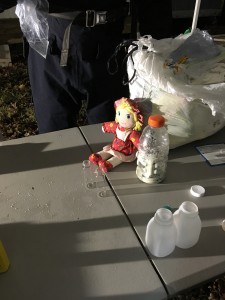
Appalachia is the area that stretches from southern New York to northern Mississippi. However, some of the poorest counties in Appalachia are in Southeastern Ohio and Eastern Kentucky. In 2014, the number of deaths due to opioid overdose in Kentucky was 121. That number spiked up in 2015 to a total of 420 deaths.
The opioid epidemic is causing trouble all over the nation, but it hits especially hard in Appalachia. In 2014, Appalachia accounted for 22 percent of total overdose deaths in America. A few of the factors that influence this drug use in Appalachia is high unemployment, the drugs are easily available, and influence from family members is high.
With all the attention on those addicted and overdosing, we often forget the invisible victims of this epidemic: children of drug addicted parents. More children are heading to foster care because their parents are simply unfit to take care of them.
Foster Care in Athens County
With an increase in the number of children in foster care and the number of days children are staying in care, the need for foster parents is higher than ever. According to Cathy Hill, Director of Athens County Children Services, child custody is averaging more than 200 days, “That has increased over the past couple years. The number of placements we had went from 137 children in 2010 to 179 children at some point throughout last year.”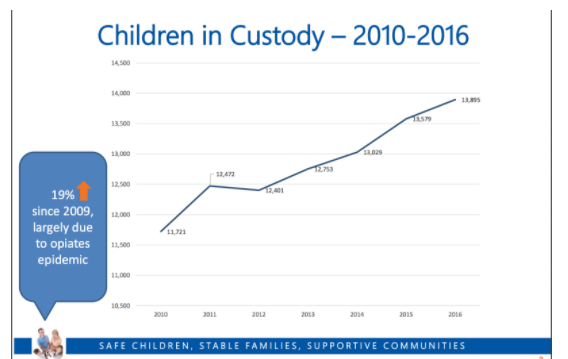
In 2010, the average number of days in county custody for a child was 182. In 2016, that number was 225 days. In Athens County, there are 40-50 foster homes available at any given time. Hill says that is not enough. “There’s a shortage of foster homes everywhere in Ohio. We are always active in recruitment for foster families. We don’t have enough.”
The process for becoming a foster parent is more intense than just signing up. According to Hill, if someone is interested in becoming a foster parent they have to go to an information session and then sign up for pre-service training. They go through 36 hours of classroom training, and a home inspection to make sure the house is safe and prepared for a child.
Hill says it’s important to make sure these foster parents are well trained, “When you’re placing children in foster care you need to have a really good handle on the families and their ability to care for children safely. It is a rigorous process, it takes a good six months or so to become a foster parent.”
Terri Brown, a current foster parent and former foster child, has seen the effects the current opioid epidemic in Ohio has had on the foster system. “Our homes are just overflowing with foster kids. We have very few foster parents now. We have more opiate and drug addicted kids than ever before. We are taking them from the hospitals. The neonatal clinics are filled with drug addicted babies now.”
Not only are there more children in foster care now because of the opioid problem, but the children are getting younger and are born with more issues. “We’ve had two infants that have been born drug addicted. It’s really difficult when you have kids that are born like that and then come into your home. Because there are so many things that you have to watch for. They have a scale, the neonatal abstinence scale. That they have for newborns. That rates them on how high the drugs are in their body.”
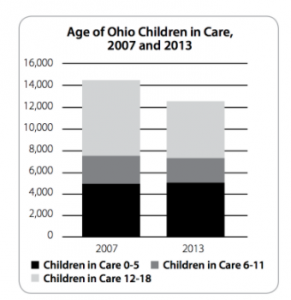
In order to try and combat this epidemic, Ohio Attorney General Mike DeWine implemented a Pilot Program called Ohio START--Sobriety, Treatment, and Reducing Trauma–, to help fund child welfare programs hit hard by the opioid crisis.
Eighteen Southern Ohio counties will receive $4.5 million to help with trauma counseling, allow caseworkers to visit homes weekly instead of monthly, and provide other services to help the parents that have problems with substance abuse. The 18 counties receiving the funding are Athens, Clermont, Clinton, Fairfield, Fayette, Gallia, Highland, Jackson, Perry, Pickaway, Pike, Hocking, Ross, Scioto, Adams, Brown, Lawrence, and Vinton counties.
How to Help a Child in Need
There are many ways to help a child who is in an unsafe situation if the parents are abusing drugs. “We do a lot in the community to promote people to call us and that’s probably about 99 percent of the way we find out about situations is through a phone call,” said Hill. “Through a community service provider, through a teacher, through the school, through the court system, through neighbors, people actually pick up the phone and report.” If you are in the Athens county area and want to report a situation to Athens County Children Services, you can reach them at (740) 592-3061.


